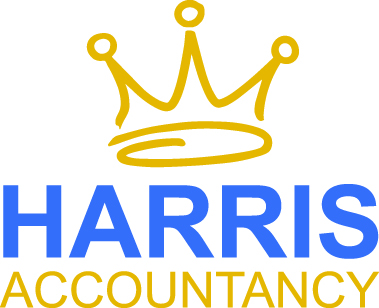 An organisation can look for loans and investments that would entitle the investor to a tax relief provided it meets the conditions of that particular scheme. The organisation can check with HMRC prior to receiving the investment through an advance assurance and a compliance statement must be sent to HMRC every time shares are issued under the scheme.
An organisation can look for loans and investments that would entitle the investor to a tax relief provided it meets the conditions of that particular scheme. The organisation can check with HMRC prior to receiving the investment through an advance assurance and a compliance statement must be sent to HMRC every time shares are issued under the scheme.
This article has links to detailed information on the criteria applicable.
Here is some more information about the reliefs:
Social Investment Tax Relief (Sitr)
Organisations that are CICs, community benefit societies with an asset lock and charities can apply for this relief when raising finance through shares and loans. Charities can only apply for loan investment tax reliefs.
This relief would entitle the investors to 30% tax relief on their investment provided the investment is held for three years along with certain criteria being met. On disposal of the investment there are tax reliefs available to cover any gain. * see CGT relief below
Enterprise Investment Scheme (EIS and SEIS)
For EIS, companies with a permanent establishment in the UK can apply for this relief within 7 years of their first commercial sale. This scheme offers 30% tax relief to the investors. When a company is raising fund when it starts to trade then it can apply for the Seed EIS within two years. This would enable investors to benefit from a generous 50% tax relief.
For all schemes there are eligibility criteria and conditions to be met in order to enable investors to benefit from the tax reliefs.
* Capital Gains Tax Relief
When shares held in above schemes are disposed, gains arising on disposal on investment can be exempt if it has been held for three years.
Alternatively, one can claim for deferral relief. This can be applicable when you invest in SITR, EIS or SEIS the year you have a gain on disposal. The gain maybe chargeable in later years. Here is a link with additional information
Research & Development tax credits
R&D tax credits can be claimed by companies that work on innovative projects in science and technology. It can be claimed even if the project is unsuccessful. This tax credit allows you to deduct an additional 130% of the qualifying costs. More information on the criteria and how to claim can be found on www.hmrc.gov.uk/gds/cird/attachments/rdsimpleguide.pdf
References:
- www.gov.uk/guidance/venture-capital-schemes-tax-relief-for-investors
- www.gov.uk/guidance/venture-capital-schemes-apply-to-use-social-investment-tax-relief
- www.gov.uk/guidance/venture-capital-schemes-apply-for-the-enterprise-investment-scheme
- www.gov.uk/guidance/venture-capital-schemes-apply-to-use-the-seed-enterprise-investment-scheme
- www.harrisaccountancy.co.uk/2015/07/financing-options-part-two
- www.gov.uk/guidance/venture-capital-schemes-tax-relief-for-investors#capital-gains-tax-relief
- www.gov.uk/guidance/corporation-tax-research-and-development-tax-relief-for-small-and-medium-sized-enterprises#how-to-claim-rd-relief
- www.gov.uk/guidance/corporation-tax-research-and-development-rd-relief





